The first woman with a transplanted face died of cancer caused by anti-rejection drugs
Categories: Health and Medicine
By Pictolic https://pictolic.com/article/the-first-woman-with-a-transplanted-face-died-of-cancer-caused-by-anti-rejection-drugs.htmlA woman who became the world's first recipient of a facial transplant died of cancer after years of psychological torment in an attempt to get used to a new face. French seamstress Isabelle Dinoire was left without her own face when her beloved dog, Labrador Tanya, attacked her at home in Valenciennes in northern France in May 2005. The animal left only bloody patches from the woman's face. Six months later, Isabel went down in history as a medical miracle when doctors successfully transplanted her nose, lips and chin. The donor was a schoolteacher Marilyn Saint-Aubert, who hanged herself in nearby Lille.
In the years after the operation, away from the attention of the press, Isabelle Dinoire struggled with inner demons: she was forced to live with the face of another woman. She was afraid to make eye contact with her reflection and tried not to look at her old photos. Isabelle said she felt like half a different woman.
(11 photos in total)
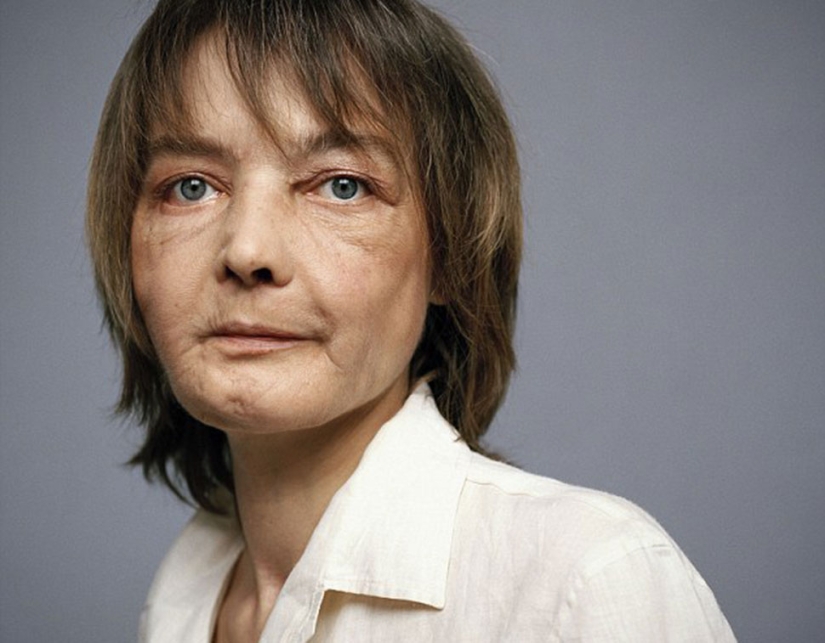 Source: Daily Mail
Source: Daily Mail
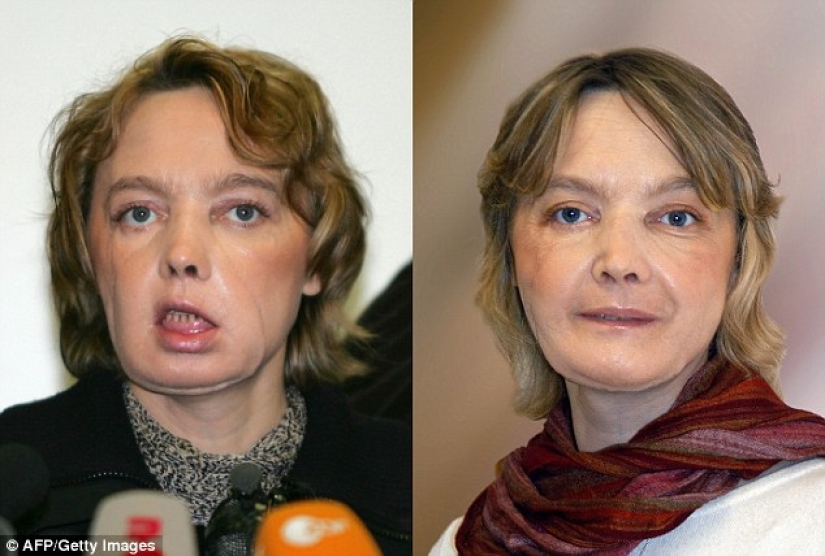
She divorced her husband before the operation. After surgery, she had to take potent immunosuppressive medications so that the body would not reject the transplanted tissue. Due to medications, Isabel developed cancer, and she died in April of this year at the age of 49. An official announcement was released today. The death was not reported earlier to protect her family's right to privacy.

Isabel's daughters, 17-year-old Lucy and 13-year-old Laura, were visiting their grandmother when their mother called them a few hours after the dog attack. Worried about her strange speech, they hurried home and found her mother in a dark apartment covered in blood. The events of May 25, 2005 are still surrounded by mystery, because Isabel herself did not remember them. Last year, she admitted that she was depressed and took sleeping pills to sleep off a hard week. The media suggested that she tried to commit suicide.
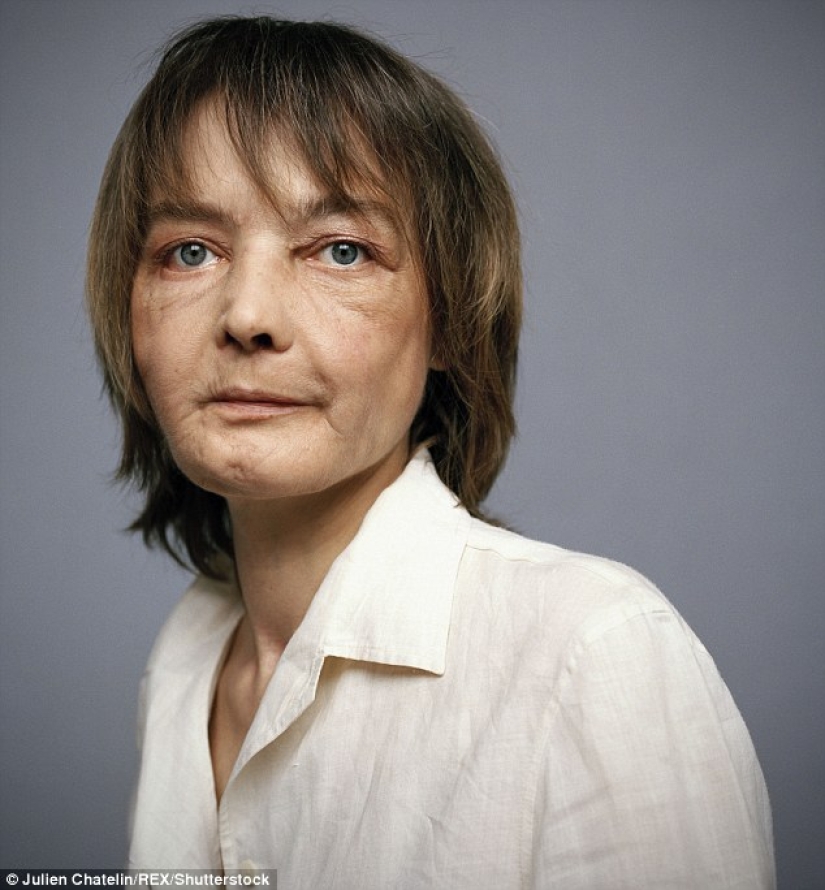
When Isabel drank sleeping pills, she became ill and fainted. While she was unconscious, her beloved dog attacked her, causing horrific injuries to her face. Isabelle didn't feel anything while the dog was gnawing on her face. According to her, Tanya had never bitten anyone before and may have tried to save the hostess.
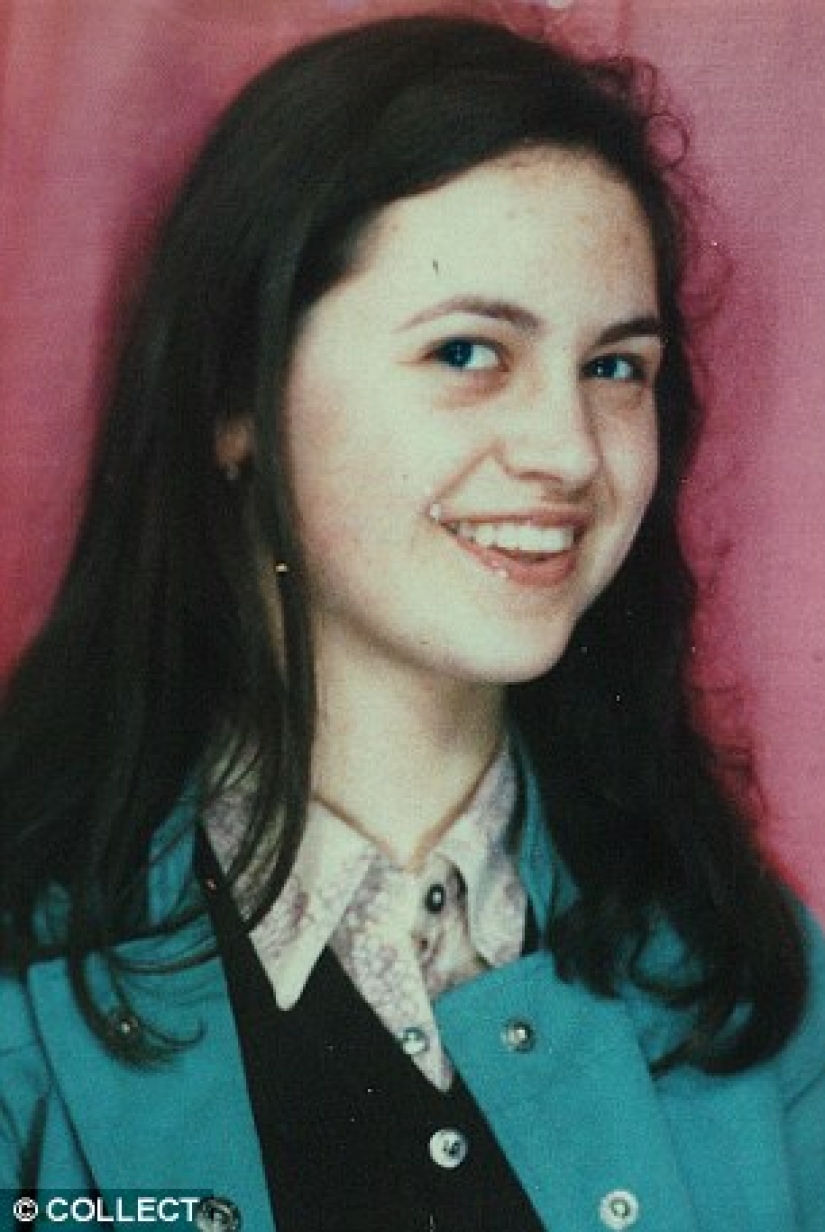
In the photo is the donor, Marilyn Saint-Aubert.
In her diary, which was published in France under the title Le Baiser d'Isabelle ("Isabelle's Kiss"), she recalls: "When I woke up, I tried to smoke and couldn't understand why I couldn't hold a cigarette between my lips. That's when I saw the pool of blood and the dog next to her. I went to look in the mirror, and I couldn't believe what I saw. It was terrible." A few hours later, in the Valenciennes hospital, she saw her reflection, and, according to her, it was the face of a monster.
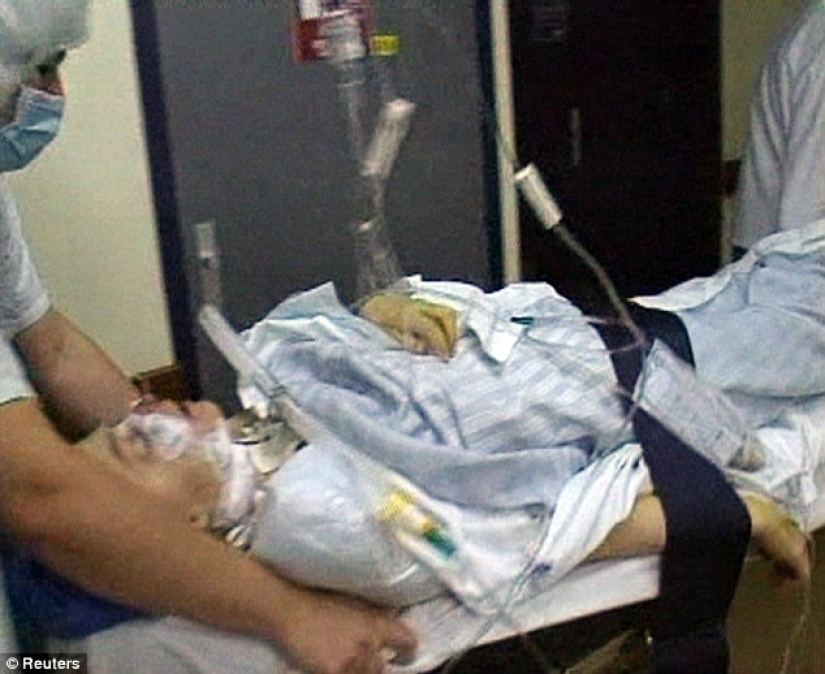
"The nose was the worst, because the bone was visible. I asked the nurse to cover it with a bandage, because the bone made me think of a skeleton, of death," she wrote. On the recommendation of specialists from the Amiens Hospital, where she was transferred, she wore a surgical mask covering her face. For this, passersby mocked her, believing that she was terribly afraid of germs.
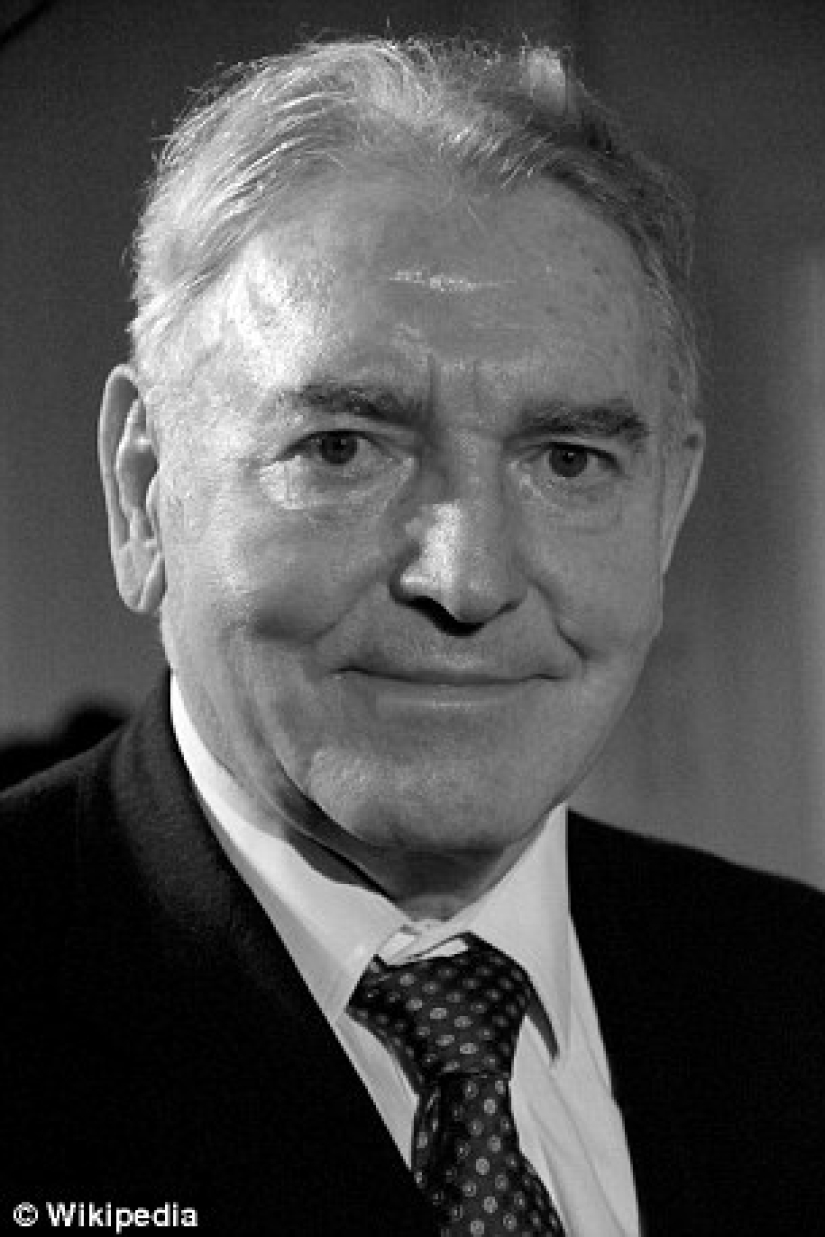
In the photo — surgeon Jean-Michel Dubernard.
A month after the attack, in June 2005, Isabelle was approached by Professor Jean-Michel Dubernard, who offered to perform the first face transplant operation in history. But from the very beginning, it was hard for her to accept the idea that she would have to live with the face of another woman. She wrote in her diary: "I often asked about the donor. To return the body to her family without a face — in my mind it was a terrifying picture." Nevertheless, after three days of reflection, she signed a consent for transplantation. "I had two feelings— fear that it might not work, and relief because I could start a normal life again," she recalled.

Marilyn Saint-Aubert's brain was already dead when she was brought to the Lille hospital, so her relatives agreed to a transplant. Professor Dubernard, an oral surgeon, and Professor Bernard Duvachel, a specialist in maxillofacial surgery, together with a team of doctors performed a 15-hour operation that went down in history.
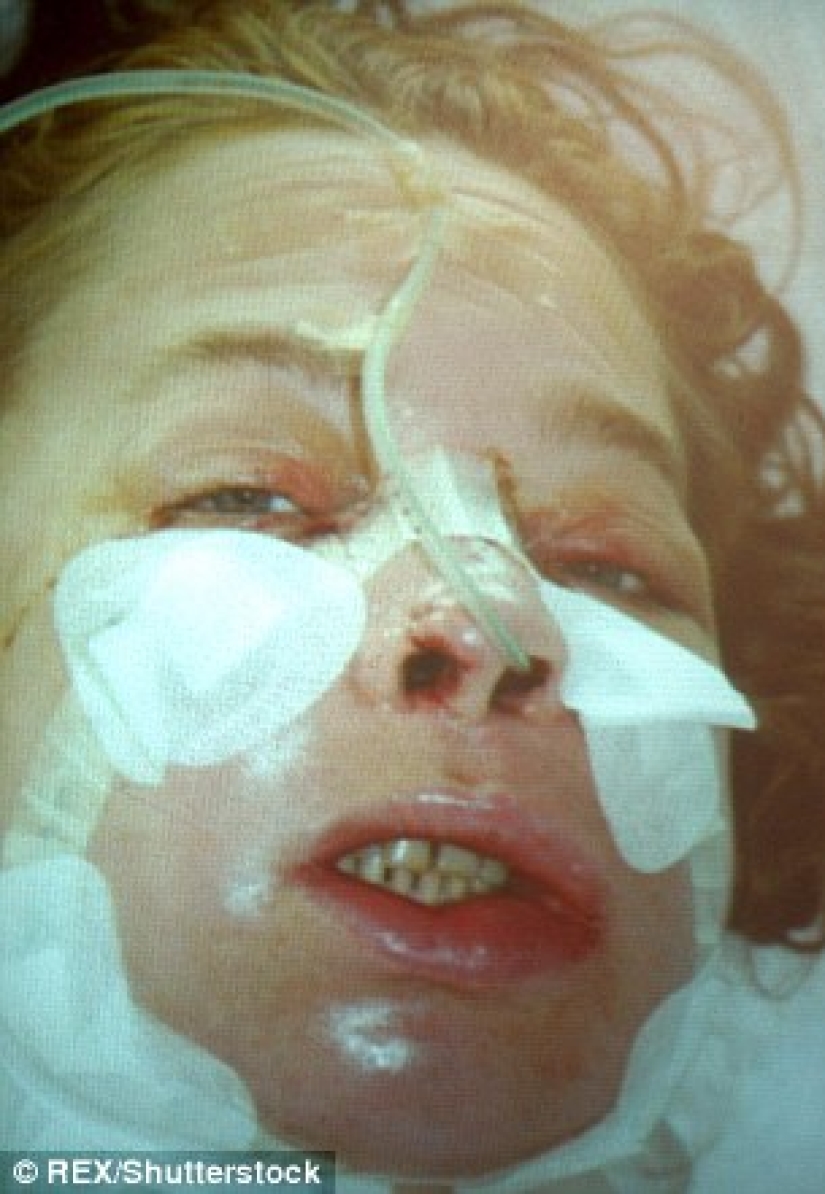
A triangular fragment of facial tissue from the nose and mouth of the donor was transplanted onto the face of Isabelle Dinoire. Surgeons have been transplanting liver, kidneys and hearts for a long time, but face transplantation is more difficult because it is perceived as part of a human personality. Unlike transplants of other organs, when transplanting a face, as a rule, there is no question of life and death. That is why ethics committees often refused to give the go-ahead for such operations. However, Professor Dubernard said after the operation: "As soon as I saw Isabelle's torn face, that was enough. I was convinced that something needed to be done for this patient."
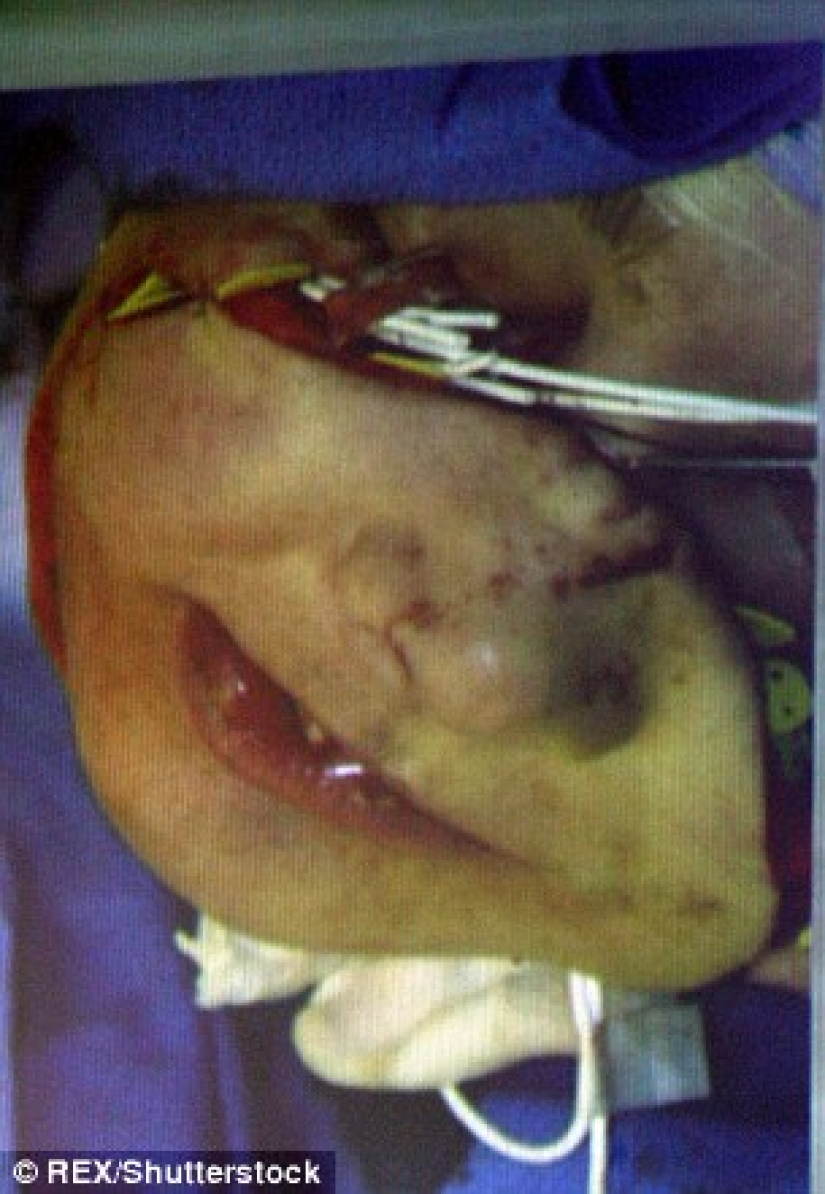
After the transplant, Isabel was set up for a successful life, learned to eat and talk again, and also wanted to kiss again someday. But soon after the intervention, signs of rejection of the new tissue appeared. Doctors controlled this problem by increasing doses of immunosuppressive drugs, which Isabel now had to take for the rest of her life.
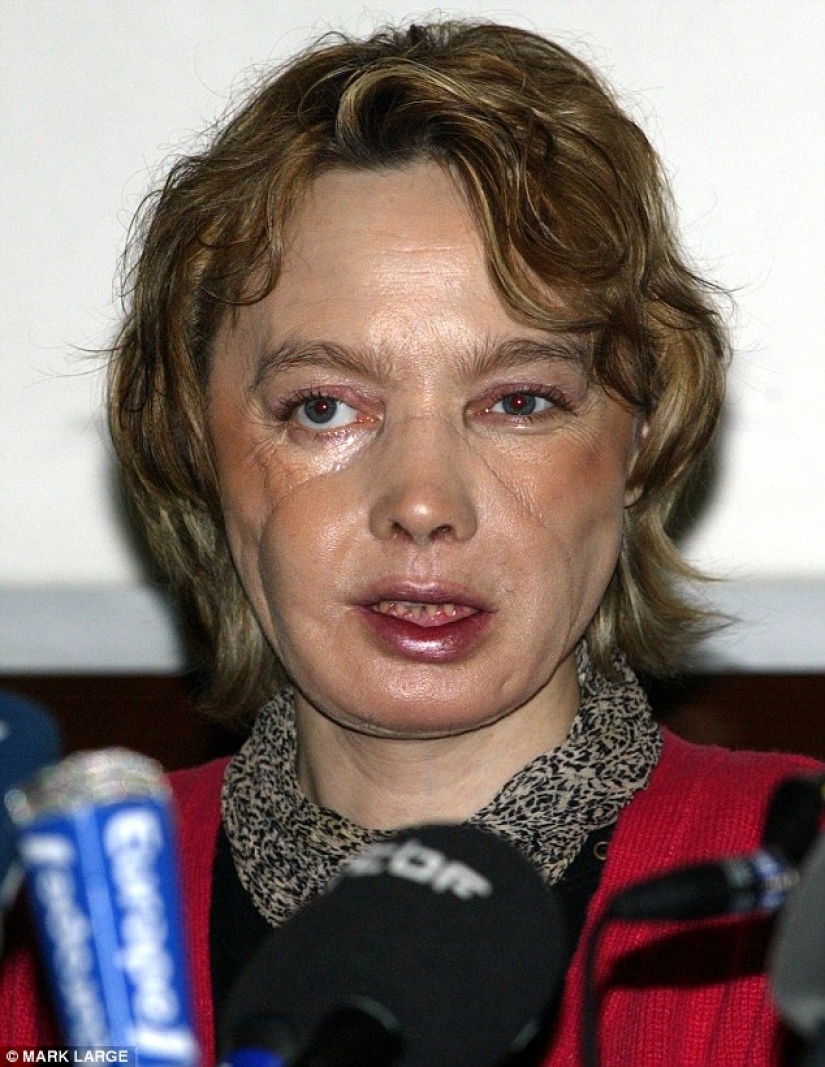
A year later, the woman was again in the spotlight of the press when she learned to smile with a new face. But she was constantly suffering from tissue rejection. Le Figaro newspaper reported last year that the body rejected the transplanted face and Isabelle partially lost the ability to use her lips. In addition, she suffered from psychological problems associated with the operation.
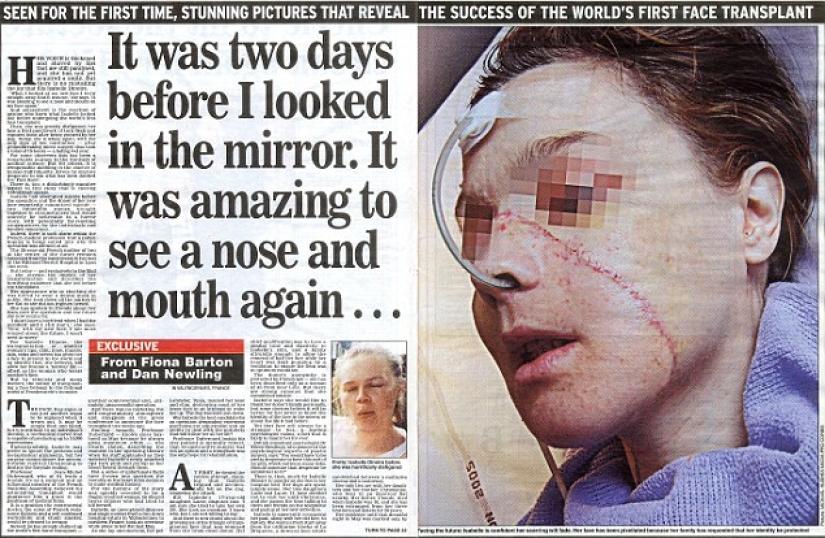
Three years after the operation, Isabel admitted that she was still not completely sure whose face she looked at in the mirror every day. "It's not hers or mine, but someone else's face," she said. — Before the operation, I hoped that my new face would look like me, but after the operation it turned out that it was half her and half me. It takes an incredibly long time to get used to someone else's face. This is a special kind of graft."
Although there may be doubts about the long-term side effects of transplantation, one thing is clear: this operation has become an absolute success in the field of surgery. About 15 similar operations have been performed since 2005. Dr. Jean-Paul Meningo, head of reconstructive surgery at the Henri Mondor Hospital south of Paris, is now advocating the suspension of such operations so that the medical community can assess whether their long-term benefits are worth the psychological suffering that patients are experiencing. "In the medium term, the results were very good, but in the long term they are not so positive," he said about the operation of Isabelle Dinoire. The doctor added that the recipients of facial transplants had more problems with anti-rejection drugs than initially thought, and they needed more additional operations. "This is quite a high price for a patient. It's time to take a break."
Keywords: Medicine | Operations | Organ transplantation | Cancer | Death | Transplantation | Surgery
Post News ArticleRecent articles

Figurative artist from Canada's C. S. McNeil (C. S. McNeil) paints nude paintings using acrylic paints. About his works, the ...

We present you a selection of positive and sexy works by the American master of advertising photography Sean Dufren. Sean lives in ...
Related articles

Despite the fact that sexually transmitted diseases have been known for more than one century, they were effectively treated ...

Self-medication for people in the post-Soviet space is the most common thing. Most of us believe that before going to the doctor, ...

Everyone knows that nature and communication with animals have a positive effect on a person and allow you to relax and cope with ...

The cold season in our latitudes obliges us to hide our most valuable asset, namely our head, under a hat. At the same time, our ...